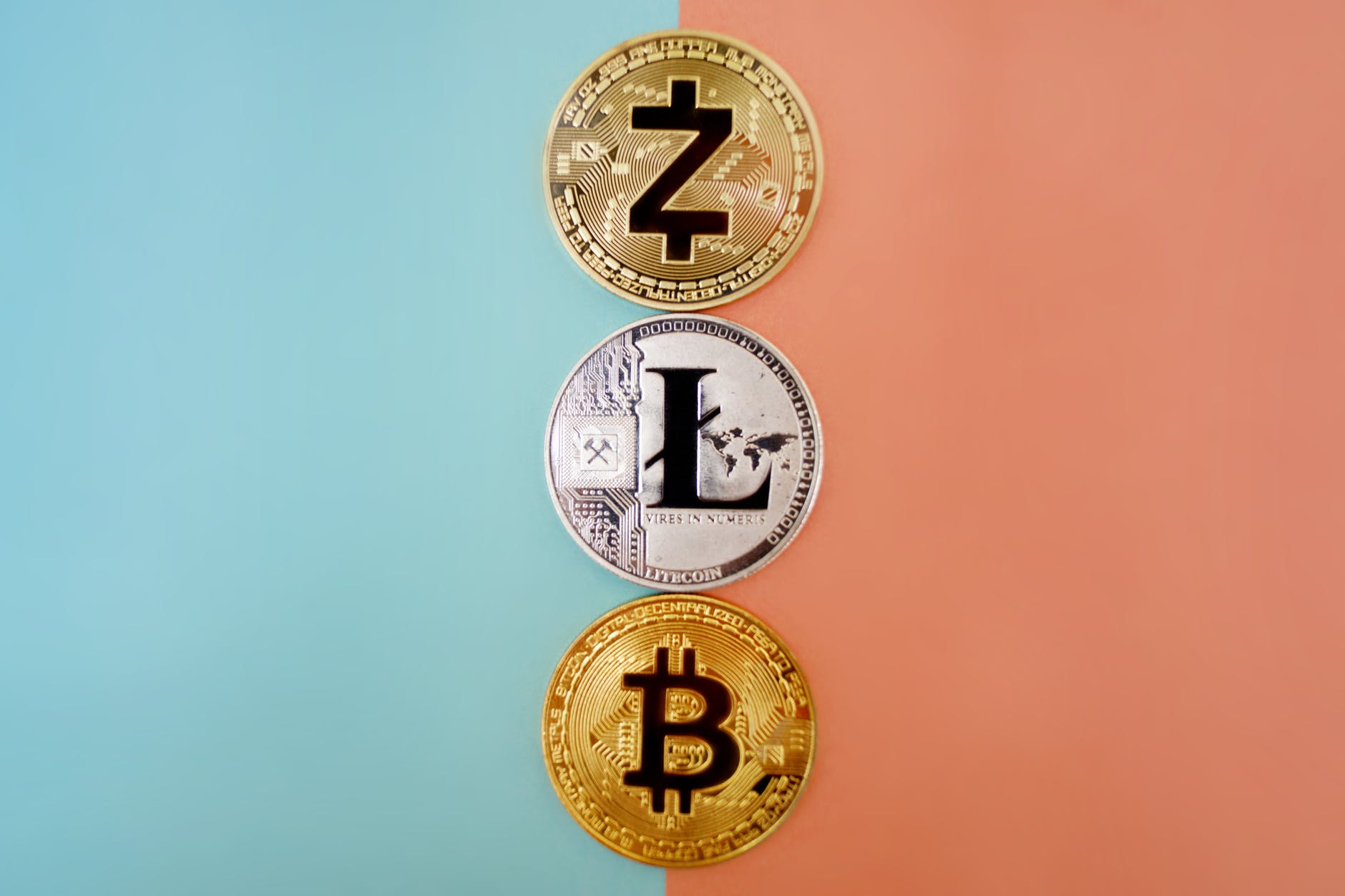The following is the first in a series of blog posts on central bank digital currencies (CBDCs). The purpose of this post is a discussion of the sudden surge of interest in CBDCs.
Motivations for CBDCs

With the evolution of technology, digital payments have been on the rise. As technology has increasingly been leveraged to support a revolution in monetary payments, central banks around the global have contemplated central bank digital currency (CBDC) issuance in depth, to stay competitive in the digital age. According to the BIS, a full 80 per cent of surveyed central banks are engaging in research, experimentation or development of CBDCs.
During the COVID-19 pandemic, social distancing measures, public concerns that cash may transmit the COVID-19 virus and new government-to -person payment schemes have further sped up the shift toward digital payments, and may give a further impetus to CBDC (see Auer et al. (2020)).
The motivations for such work differ across jurisdictions. Based on a survey of central banks by the BIS Committee on Payments and Market Infrastructures (CPMI) in late 2019, Boar et al. (2020) show that in advanced economies (AEs), central banks are researching CBDCs to promote safety and robustness or domestic payments efficiency. Financial stability concerns may also be an important driver of research and development work. Especially in emerging market economies (EMEs), financial inclusion is an important motivation.
One of the reasons central banks have felt the need to consider the issuance of CBDC is to remain competitive in the financial world and to offer financial and monetary stability. They are essentially responding to the evolution of new technologies to see how they can enhance their roles and responsibilities for monetary and financial stability.
Libra – A Wake Up Call
The advent of Libra, Facebook’s version of a global private stablecoin, appeared to serve as a significant trigger point for the development of CBDCs, as policymakers and private banking institutions viewed it as a potential threat in remaining financially competitive. Facebook first announced its intentions in launching a “global coin”, dubbed Libra, in mid-2019.
According to former ECB Executive Board Member Benoît Cœuré “…the arrival of Facebook’s putative cryptocurrency Libra has been a ‘wake up call’ for central banks, and that public authorities should step up co-operation on the development of central bank backed digital currencies (CBDC)”. In another speech in 2019, he further noted that global stablecoins are “the natural result of rapid technological progress, globalisation and shifting consumer preferences”. Notwithstanding the threats to financial stability and monetary sovereignty posed by private currencies, Cœuré lifted the curtain on more disruptive forces created through the hypothetical formation of “digital currency areas”, networks where payments and transactions are made digitally by using a currency specific to the network ‒ be it a fiat currency or not.
China’s DC/EP
The combination of Facebook’s venture into digital assets as well as the rise of digital innovation during COVID-19 has accelerated the pilot phases of central banks’ digital currency projects. In April 2020, China launched a test pilot for its own version of CBDC – the digital currency electronic payment (DC/EP). The People’s Bank of China is hoping its new digital currency will reduce the dominance of Alibaba and Tencent in digital payments, according to several people familiar with the thinking of the central bank. According to the Consultative Group to Assist the Poor (CGAP), Chinese giants Alibaba and Tencent pioneered digital merchant payments and have driven the shift away from cash in the Chinese economy, where they now account for 90 per cent of the USD17 trillion mobile payments market. In the first quarter of 2020, Alipay had a 55.4 per cent share of China’s mobile payment market, according to Beijing-based iResearch, which estimates mobile payments will reach RMB140 trillion (USD19.9 trillion) this year.

In August 2020, employees at state-run commercial banks in China started internally testing its CBDC digital wallet application for transferring money and payment transactions. The CBDC is also expected to be tested in distinctive scenarios, including the upcoming 2022 Winter Olympic Games to be held in Beijing and Zhangjiakou.
In October 2020, the People’s Bank of China (PBOC) teamed up with Shenzhen in South China’s Guangdong Province to distribute RMB10 million (USD1.49 million) to its residents in the form of digital currency. The main purpose of this initiative was to encourage consumption and test of digital currency. Residents were required to apply in advance for an online lucky draw to be eligible for the digital money. The money, seen as virtual “red packets”, would be deposited to the individual’s digital currency wallet. A total of 50,000 such “red packets” will be distributed, each containing 200 yuan. Winners of the red packets need to download and register for a digital currency app to claim the money. They can spend the money in over 3,300 shops in the city’s Luohu district that have completed the transformation to the digital currency system without any threshold on the sum of bills, local government said. The Shenzhen program is aimed at furthering the use cases and research of the digital currency.
According to media reports, the authorities are planning to hold a second giveaway in December. The lottery is designed to gauge usability of the digital yuan, and it will be held during a shopping festival known as “Double 12” in China in the city of Suzhou. The trial will be similar to the one held in Shenzhen in October that allowed residents to apply for a 200-yuan share of 10 million units of the CBDC in a kind of lottery, worth around USD1.5 million in total. The Suzhou event will trial additional aspects of the technology not activated in Shenzhen, including the digital yuan’s offline feature that allows users to touch smart devices to make transfers. According to media reports, “many” businesses in the Xiangcheng district of Suzhou have already installed point-of-sales technology with NFC (near-field communication) and QR code capabilities, allowing the digital yuan winnings to be spent. Media reports also indicate that another city, Chengdu, is holding a closed beta trial of the CBDC, allowing invited participants to use a digital wallet for transactions via a “major bank”.
The “Sand Dollar”
In October 2020, the Central Bank of The Bahamas announced that its CBDC, called the “Sand Dollar”, became available to all 393,000 residents of the Bahamas. This makes the Bahamas the first country in the world to officially roll out a CBDC. Each Sand Dollar is equivalent to one Bahamian dollar (BSD), which in turn is pegged to the US dollar. In 2019, it started a pilot program using 48,000 digital Sand Dollars on the islands of Exuma and Abaco, which have a combined population of fewer than 25,000 people.

As noted earlier, the motivation for issuing CBDC varies, and each country has a unique set of reasons. In the case of the Bahamas, a key driver is to promote financial inclusion and access within the archipelago nation of more than 700 islands, about 30 of which are inhabited. John Rolle, Governor of the Central Bank of The Bahamas, speaking at a workshop by the Alliance for Financial Inclusion (AFI), noted that the country’s high per capita income and well-developed banking industry hides “very uneven access” to financial services. He remarked that the commercial bank withdrawal from sparsely-populated Family Islands and the continued pressure on correspondent banking relationships were two threats to local access to financial services. He added that the Bahamas’ own experience showed how “headline”, broad-based economic indicators could obscure the on-ground social and economic realities ‒ including the different levels of access to financial services on different islands across the archipelago.
On a per capita basis, the Bahamas has the third highest GDP in the Western Hemisphere. The country’s financial sector is highly developed, when considered in terms of the size of the deposit base and outstanding credit of the domestic banking system relative to GDP, and in terms of the share of the population that has access to basic banking services.
Moreover, relative to the size of the population, the Bahamas enjoy the 35th highest density of bank branches in the world and the 15th highest density of automated banking machines in the world. From an identity perspective, members of the population do not have extreme difficulties acquiring birth certificates or primary documentation needed to apply for identity documents.
However, financial access is very uneven. On many of rural island communities basic banking services are not available, or only available in very constrained conditions. The rising costs of providing banking through traditional physical channels have further scaled-back this access. Also, high concentrations of undocumented immigrants are excluded from access to financial services, even when these services are available in the same spaces for documented persons.
The Central Bank Governor added that developments at the global level were “equally problematic” for Bahamian access to financial services, pointing to some banks’ loss of their correspondent relationships with foreign institutions due to the perceived high risk involved. There has been a dilution of access from the disproportionate application of global anti-money laundering and counter financing of terrorism standards on low-risk, retail segments of our financial community. Beyond banking, affordability of access is more constrained in property insurance markets, where financial vulnerability is heightened because of the increasing frequency and intensity of hurricanes, which can in a single season push households into ruin.
The central bank reported that pockets of the population are excluded either because of remoteness or because of more stringent know-your-customer (KYC) requirements. Improving financial inclusion helps to formalise the economy. For example, if small informal vendors can accept digital payments, they can establish a credit history and enter the formal sector, and possibly expand the tax base. A second reason for the Sand Dollar is to reduce the costs of using cash. There’s also an argument that it’s safer than physically depositing bundles of cash.
More recently, both Hurricane Dorian and COVID-19 highlighted additional benefits. In the case of storm damage, it took weeks or months to restore local bank branches and ATMs, but mobile phone coverage was reinstated within days. And for the pandemic, digital payments are contactless and remove the need to queue at banks.
According to the Sand Dollar website, residents of the Bahamas can use the digital currency at any merchant “with a Central Bank approved e-Wallet on their mobile device” and transaction fees are “negligible”.
If a bank or payment provider wants to add Sand Dollars to their wallet, they request it from the Central Bank, which mints the Sand Dollars and adds it to the institution’s wallet. The payment for the Sand Dollars is made in fiat currency. These institutions are the gateways for individuals and businesses to top up their wallets. To start a Sand Dollar, wallet users do not require a bank account. Nor do they need a phone as there’s an option of a card-based wallet similar to a prepaid credit card.
The Sand Dollar, when compared to physical cash, is different in three ways in terms of:
- the tangibility of the currency;
- the way that currency is created, delivered and secured; and
- the channels through which currency is delivered.
The Central Bank has an in-house KYC or eKYC solution, which all the institutions can use for free and hence do not need to incur extra costs. This is used to establish which of three wallet levels a user can have. A basic wallet only requires an email address or phone number but no photo ID. But it is restricted to a BSD500 balance and BSD1,500 in monthly transactions. The next level requires any government photo ID and the limits are BSD5,000 for balances and BSD10,000 transactions. And the enhanced level requires businesses to provide their license and tax filings. High net worth individuals have to demonstrate proof of wealth.
Some of the early lessons coming out of the Bahamas relate to feedback and responses from incumbent banks, who saw the initiative as a form of competition. In the regard, the central bank noted that with education, incumbent banks were able to see the opportunity for add-on business and the benefits of the digital currency. For example, banks can now think about enhancing their client base without the need for a physical presence in some of the islands of the Bahamas.
Public education is also paramount as there are segments of the population that are strongly resistant to digital currencies. Based on some of the early lessons from the Bahamas, it is important to engage with key stakeholders early to get buy-in as these stakeholders would also help to promote the CBDC. In terms of other key lessons, there is a sense that more could be accomplished if there were a more developed existing digital infrastructure, as this could make the introduction of a CBDC easier.
Again, the Sand Dollar is intended to drive greater financial inclusion within the archipelago nation, by providing “access to digital payment infrastructure or banking infrastructure” for underbanked and unbanked residents.

Final Thoughts
With the evolution of technology, digital payments have been on the rise. As technology has increasingly been leveraged to support a revolution in monetary payments, central banks around the globe have contemplated CBDC issuance in depth, above all to stay competitive in the digital age. The motivations are different across countries. For example, in China, the People’s Bank of China is hoping that its new digital currency will reduce the dominance of Alibaba and Tencent in digital payments. In the Bahamas, a key driver is the promotion of financial inclusion and access within the archipelago nation of more than 700 islands.
In my second post I will examine the question of “Who Should Control the Issuance of Money?” via a historical review of the origin of money, and in my third post I will tackle the question of “What is Sovereign Money?” Monetary sovereignty is still relevant today as a legal concept for evaluating the contemporary exercise of sovereign powers in the realm of money, and for improving our understanding of the possible implications of CDBCs and stablecoins. In my discussion of sovereign money, I will also tackle whether the Chicago Plan, or more generally speaking, an approach of 100 per cent-reserve banking, and plain sovereign money are the same.
Mark is a Senior Financial Sector Specialist in the Financial Stability, Supervision and Payments pillar at the SEACEN Centre.

